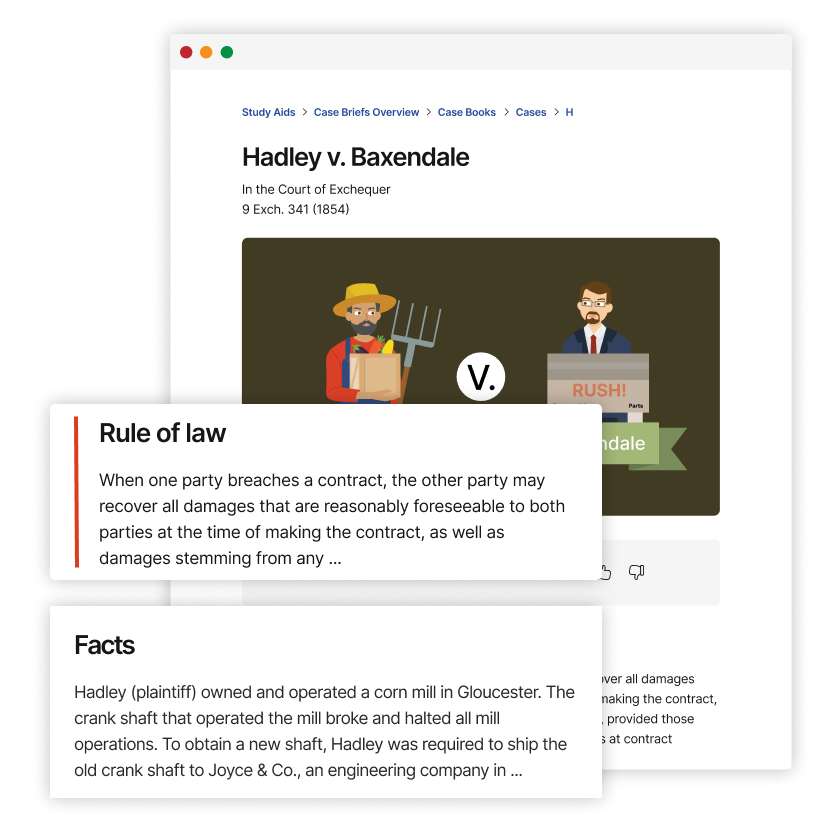Casarotto v. Lombardi
Montana Supreme Court
886 P.2d 931 (1994)
- Written by Alexander Hager-DeMyer, JD
Facts
Nick Lombardi (defendant) was the development agent for Doctor’s Associates, Inc. (defendant), a Connecticut corporation that owned Subway Sandwich Shop franchises. Paul and Pamela Casarotto (plaintiffs) entered into a franchise agreement with Doctor’s Associates to open a location in Great Falls, Montana. Lombardi told the Casarottos that their first-choice location was unavailable, and the Casarottos agreed to open a shop at a less desirable location. The franchise agreement contained an arbitration provision on page nine, stating that all disputes related to the contract would be settled by arbitration. The agreement also stipulated that it was governed by Connecticut law. Lombardi allegedly agreed verbally that the Casarottos would have exclusive rights to open a store if their desired location became available. The desired location became available, but Lombardi and Doctor’s Associates awarded the location to another party. The Casarottos could not sustain the franchise in their given location and lost the business. The couple filed suit in Montana state court, claiming that the actions of Lombardi and Doctor’s Associates caused the Casarottos’ losses. Doctor’s Associates filed a motion to stay the proceedings pending arbitration, citing the franchise agreement’s arbitration provision and the Federal Arbitration Act (FAA). The Casarottos claimed that Montana law applied to the dispute and barred a stay because Doctor’s Associates did not comply with Montana’s notice requirements for arbitration provisions. Doctor’s Associates claimed that the agreement stipulated use of Connecticut law and that even if Montana law applied, it was preempted by the FAA. The trial court granted the motion of Doctor’s Associates, and the Casarottos appealed to the Montana Supreme Court. The court found that Montana law applied under state-court precedent because Connecticut had no substantial relationship to the transaction and because applying Connecticut law would be contrary to the fundamental public-policy goal of Montana’s notice requirement. The court then analyzed the preemption issue under the FAA.
Rule of Law
Issue
Holding and Reasoning (Trieweiler, J.)
Concurrence (Trieweiler, J.)
Dissent (Weber, J.)
What to do next…
Here's why 899,000 law students have relied on our case briefs:
- Written by law professors and practitioners, not other law students. 47,000 briefs, keyed to 994 casebooks. Top-notch customer support.
- The right amount of information, includes the facts, issues, rule of law, holding and reasoning, and any concurrences and dissents.
- Access in your classes, works on your mobile and tablet. Massive library of related video lessons and high quality multiple-choice questions.
- Easy to use, uniform format for every case brief. Written in plain English, not in legalese. Our briefs summarize and simplify; they don’t just repeat the court’s language.




